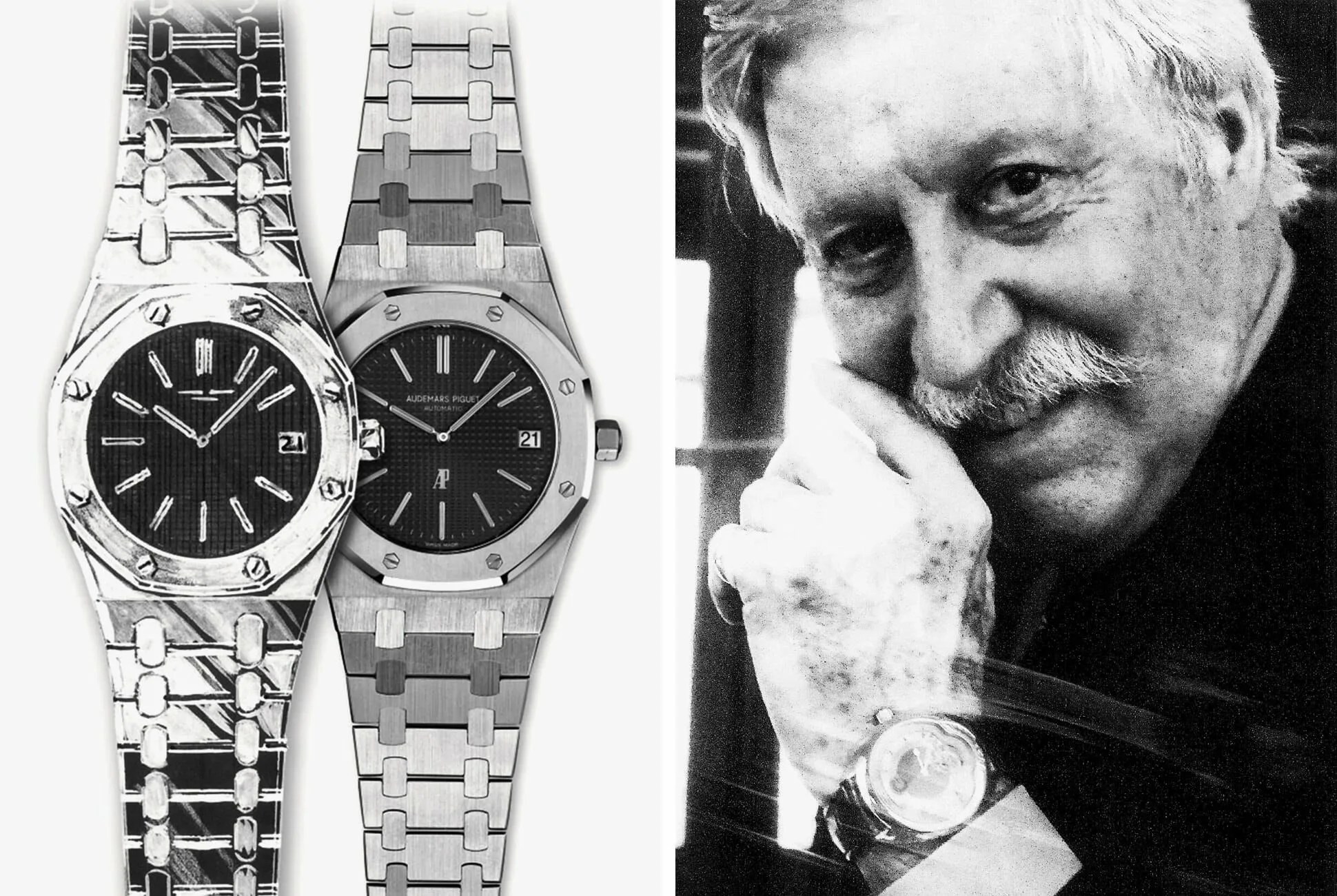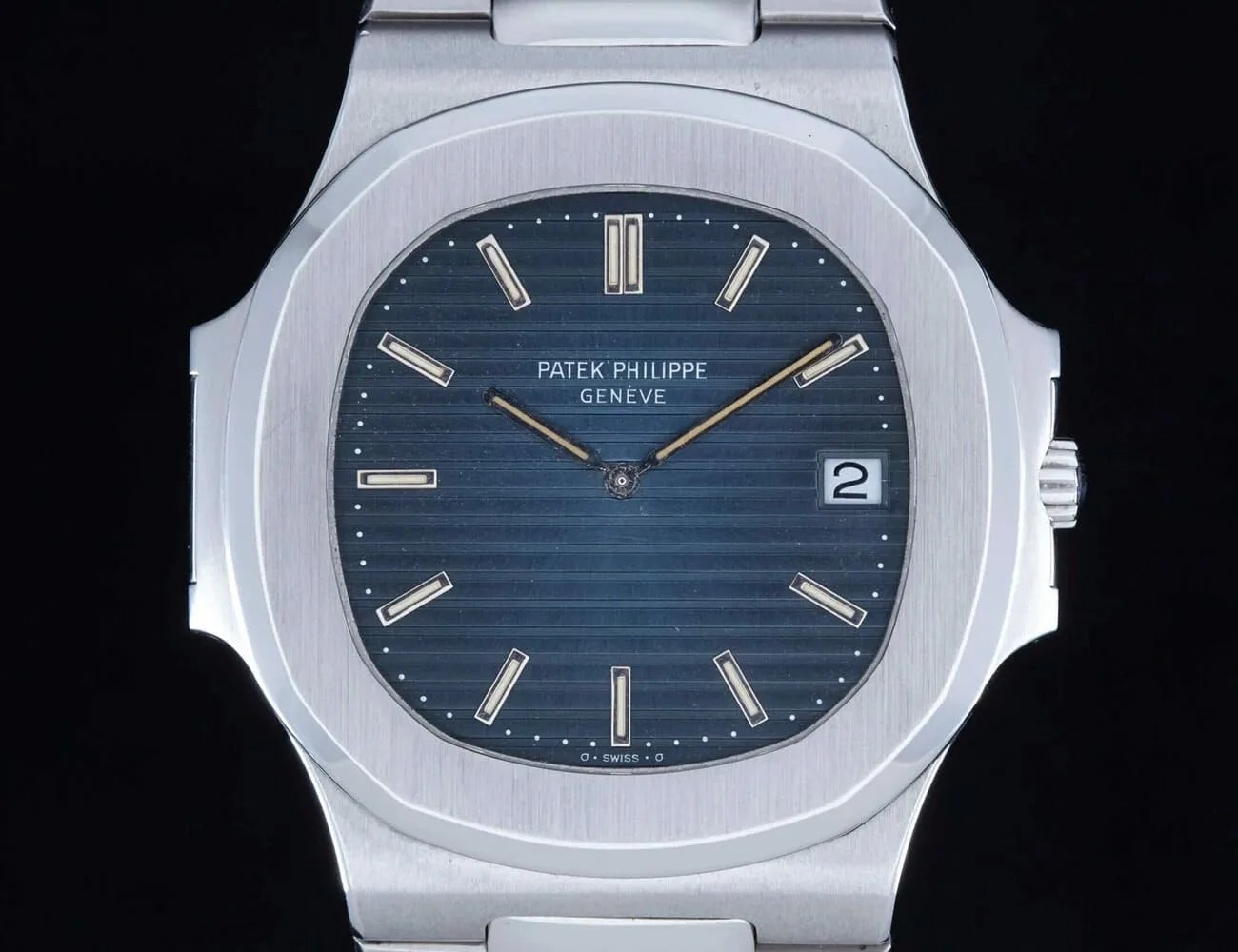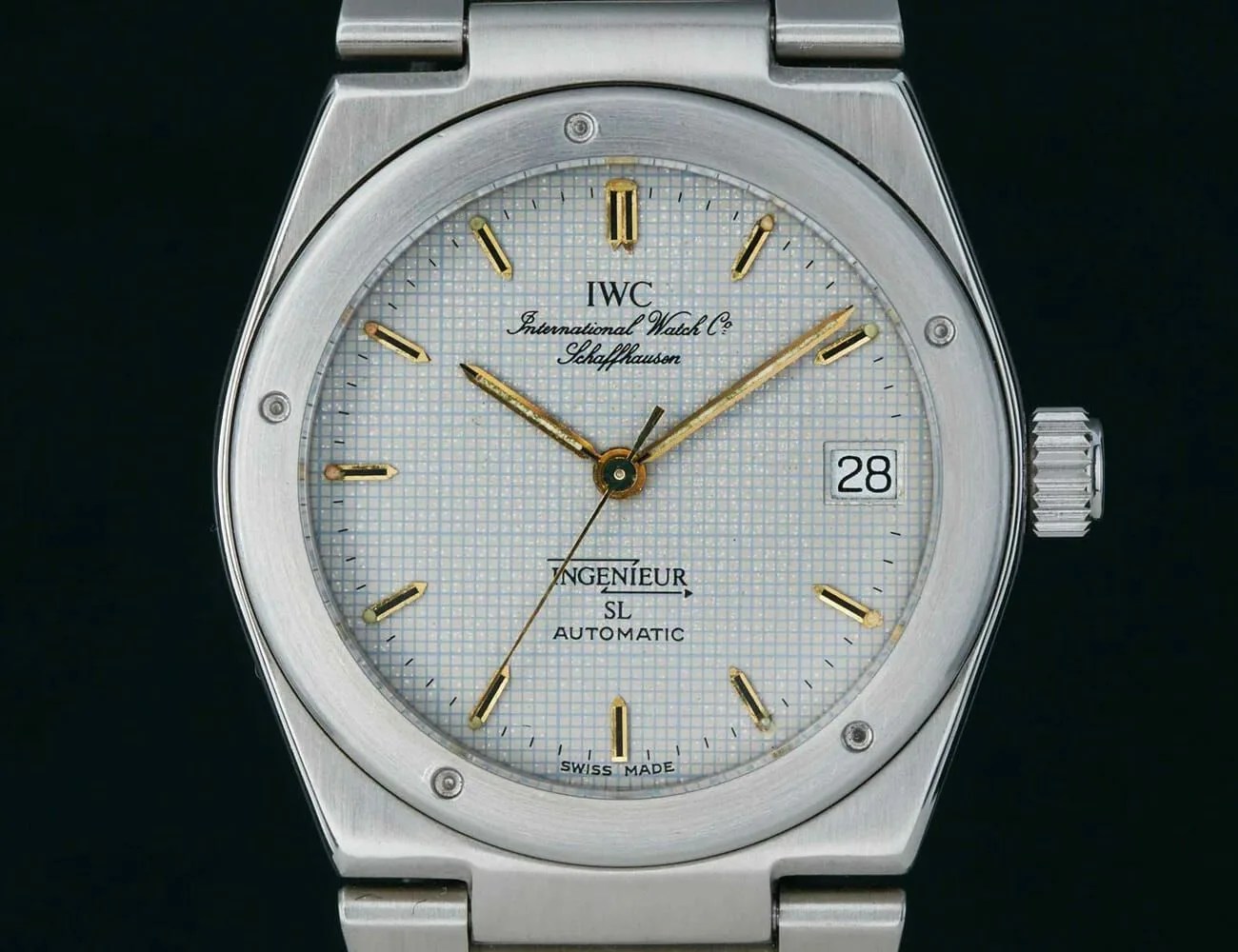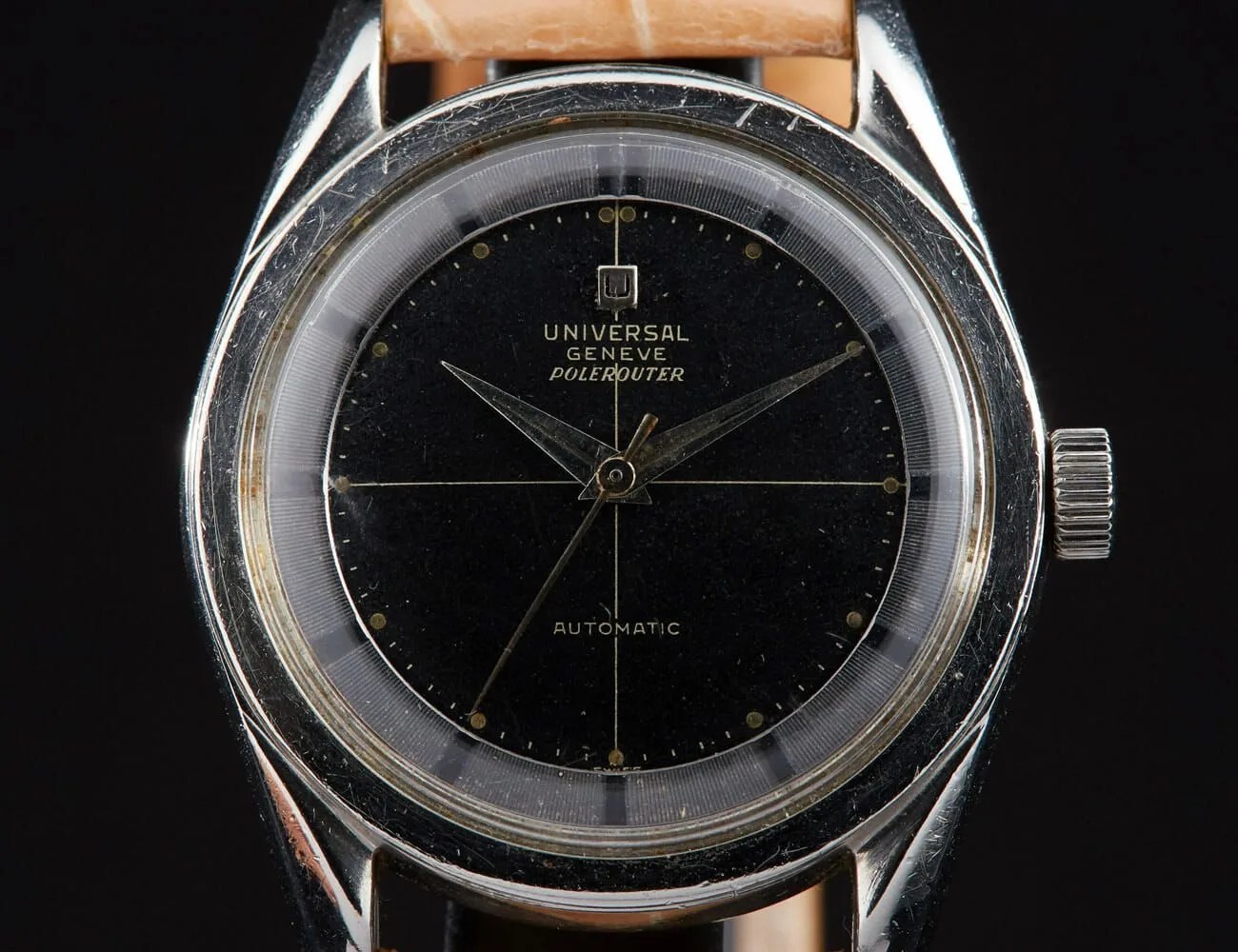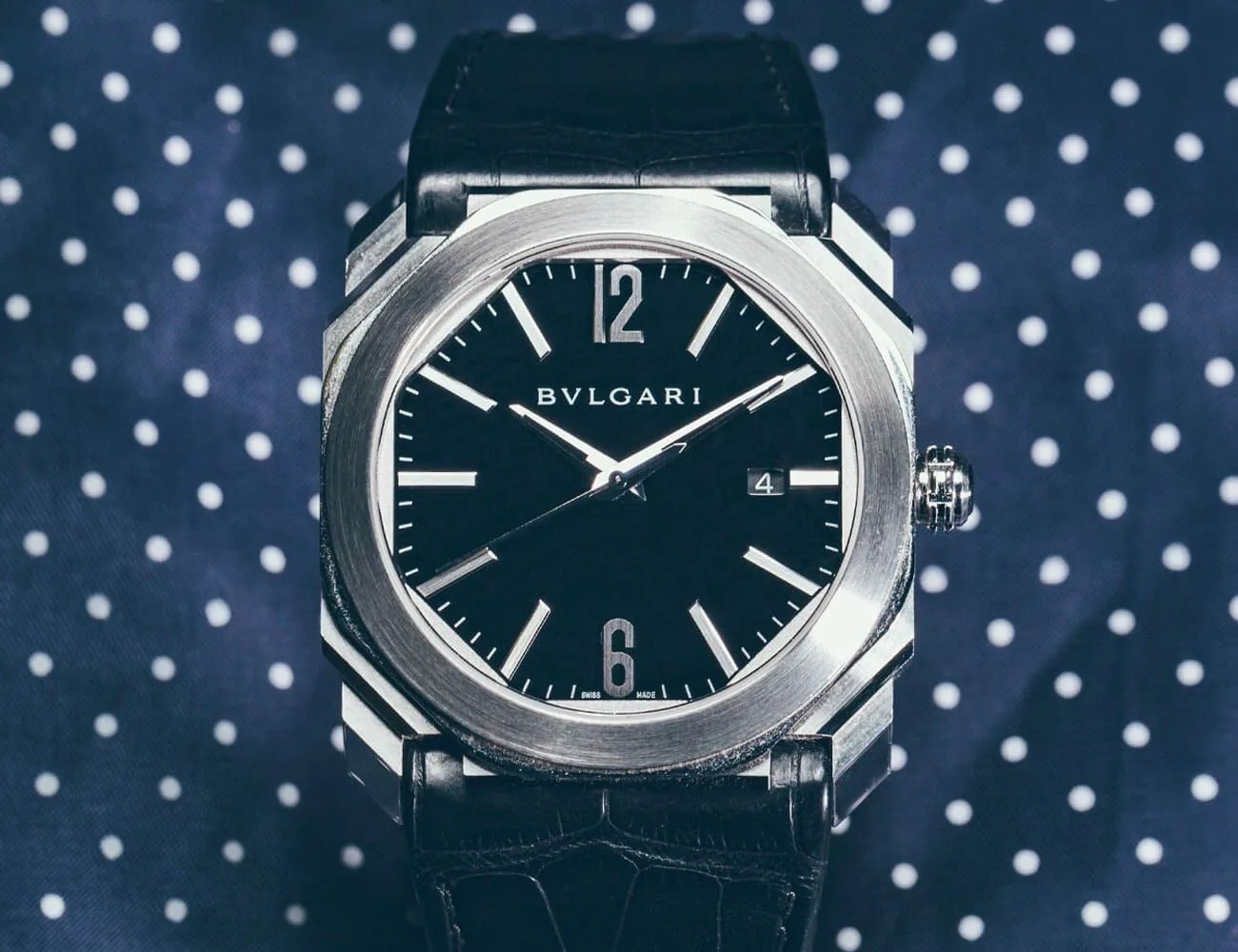What would the modern watch landscape look like without the designer who pioneered concepts like the luxury sport watch? It’s no understatement that Swiss-born Gerald Genta has had a tremendous impact on the watch industry, and that timepieces he designed many decades ago are today some of the most coveted, iconic and copied of all time.
Genta gave the world many, many watch designs. Some had his own name on the dials, but most were produced by a wide array of other brands. He would likely not be so remembered, however, if not for two particular watches: the Audemars Piguet Royal Oak and Patek Philippe Nautilus.
Both more or less represent a single concept that was ahead of its time: that of a steel sport watch with an integrated steel bracelet — intended not for a particular sport, but rather for wealthy customers who wanted something versatile, masculine and elegant. The popularity of these watches today has led to nothing short of celebrity status for the late Genta, whose other designs have also gained increased recognition and praise.
If you know nothing else about this watch design luminary, you should at least be familiar with these five Genta designs:
Audemars Piguet Royal Oak
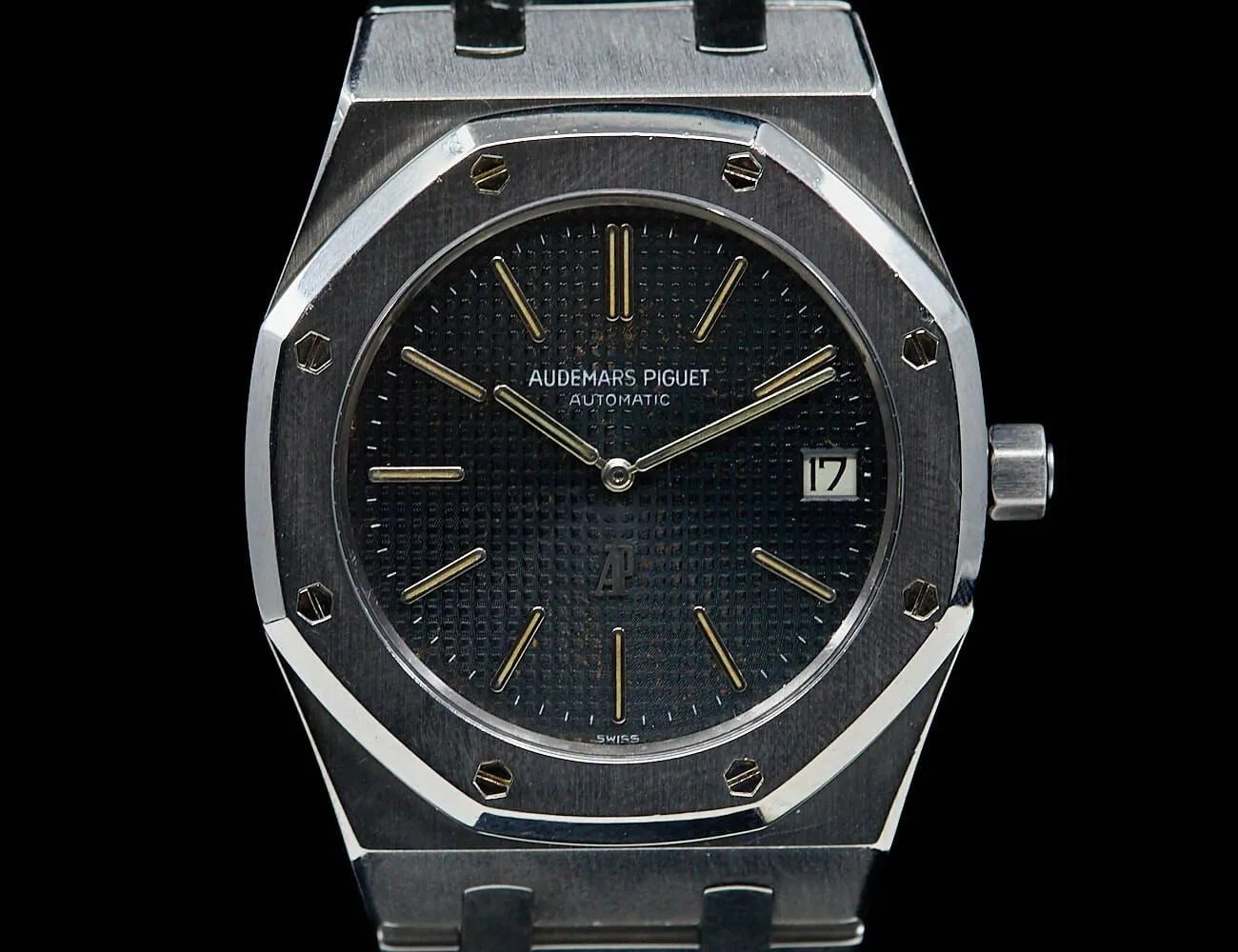
Photo: Analog / Shift
